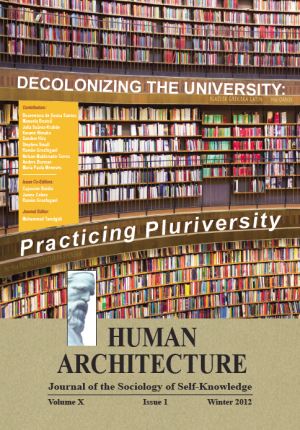Journal Article — Trauma in the Mind and Pain in the Body: Mind-Body Interactions in Psychogenic Pain — by Sima Atarodi and Steven Hosier
$15.00
Psychogenic pain is a kind of pain in which no organic or structural cause is found. The main mechanism proposed for the development of this condition is psychological trauma and suppression of painful emotions. Actually when a person encounters unacceptable and unbearable events, it evokes unpleasant emotions like anger and fear. If the person cannot accept and express these emotions, as a defensive mechanism, the memory of them becomes dissociated from mainstream consciousness and are suppressed in the person’s unconscious.
Description
Abstract
Psychogenic pain is a kind of pain in which no organic or structural cause is found. The main mechanism proposed for the development of this condition is psychological trauma and suppression of painful emotions. Actually when a person encounters unacceptable and unbearable events, it evokes unpleasant emotions like anger and fear. If the person cannot accept and express these emotions, as a defensive mechanism, the memory of them becomes dissociated from mainstream consciousness and are suppressed in the person’s unconscious. They are consolidated in the procedural memory and traumatize the person. Every physical, emotional and somatosensory stimulus that can remind the unconscious memory of the trauma will reactivate the pain experience. The most common locations of this pain are head, neck and vertebral column. From a neurophysiologic point of view, subconscious stimuli resulting from traumatisation stimulate the locus cereleus and increase epinephrine release, which evokes the amygdala. The nociceptive area in the central nucleus of amygdala is involved in the production of pain. The most important implication for treatment is that the patient accepts the psychological origin of the pain. Different methods of treatment have been suggested for this condition, like tapping, psychotherapy, hypnosis and goal-directed healthcare. According to the high prevalence of this problem in the healthcare system, there is a need for a more comprehensive model that considers different dimensions in the diagnosis and treatment of this condition.
Recommended Citation
Atarodi, Sima, and Steven Hosier. 2011. “Trauma in the Mind and Pain in the Body: Mind-Body Interactions in Psychogenic Pain.” Pp. 111-131 in Graduate Theorizations: Imaginative Applied Sociologies—Manifest and Latent (Human Architecture: Journal of the Sociology of Self-Knowledge: Volume IX, Issue 1, 2011.) Belmont, MA: Okcir Press (an imprint of Ahead Publishing House).
The various editions of Graduate Theorizations: Imaginative Applied Sociologies—Manifest and Latent can be ordered from the Okcir Store and are also available for ordering from all major online bookstores worldwide (such as Amazon, Barnes&Noble, and others).
Read the Above Publication Online
You can read the above publication free-access online, by clicking the PDF icon below.









